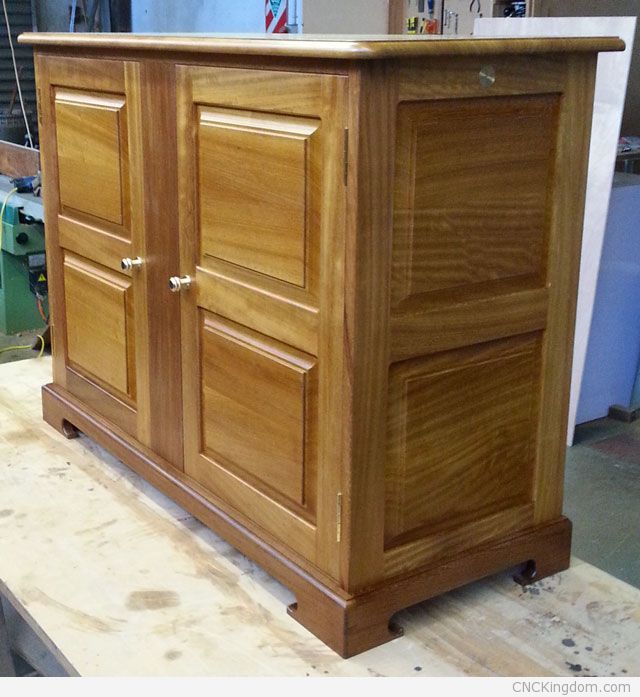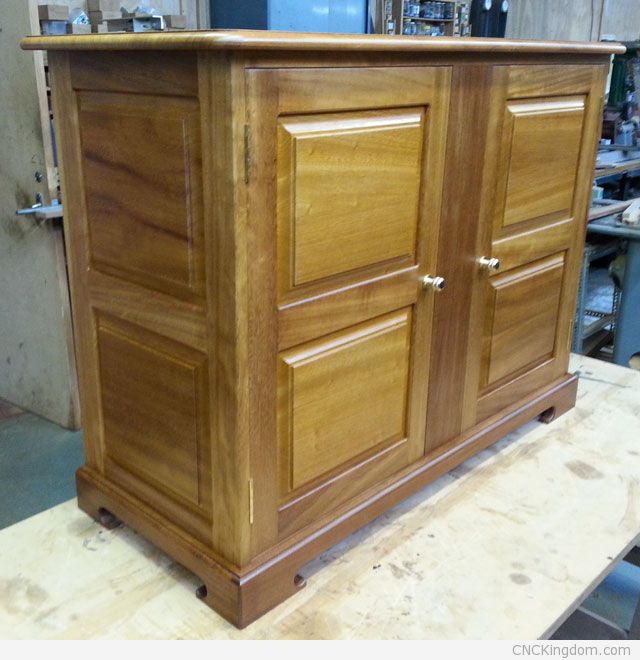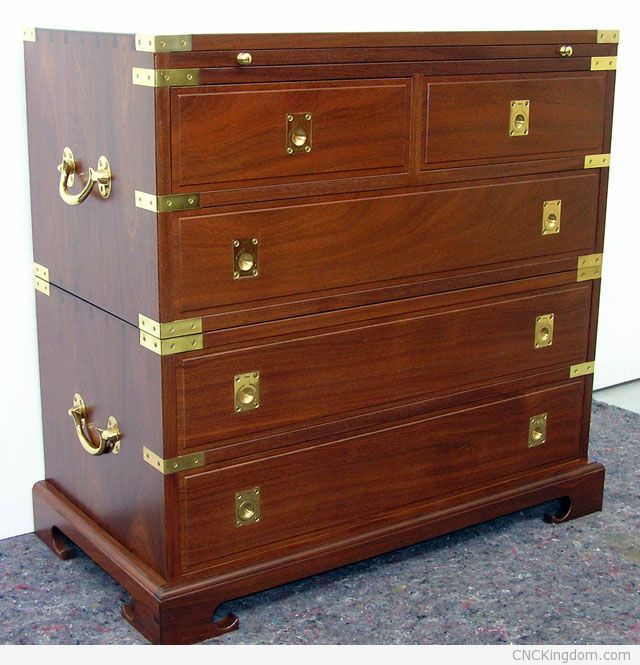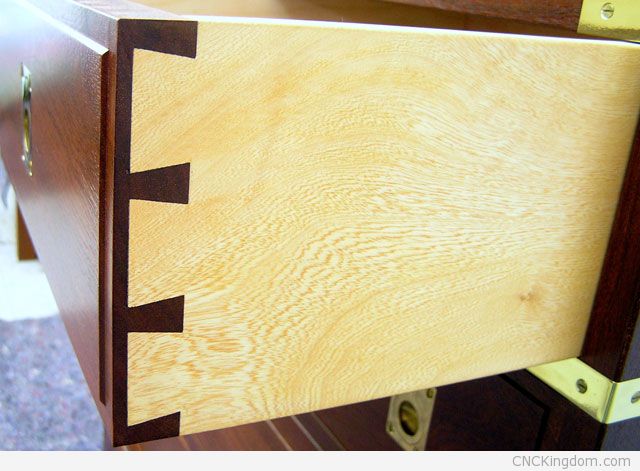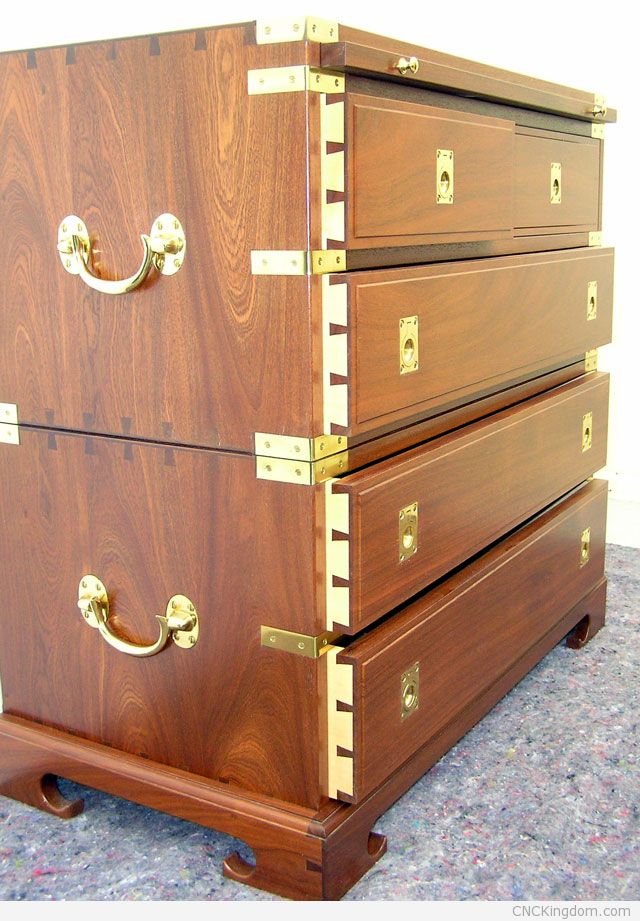Philip Marcou: Maker of the Finest Hand Planes & Furniture (New Zealand))
Philip’s hand planes (and furniture) are incredible in the attention to detail and artistry he puts into them. I don’t get a chance to use hand planes or many traditional woodworking tools in my line of work (CNC machines replace the need for many tools) but I still admire the entrepreneurial spirit that Philip has building his own tools for the enjoyment of the craft. You also want to scroll down to see his incredible furniture, incredibly inspirational work!
You can check out Philip’s awesome furniture and hand planes at his site http://www.marcouplanes.com.

Hi Philip, were did you gain your interest in woodworking and then specialize in manufacturing and selling hand planes?
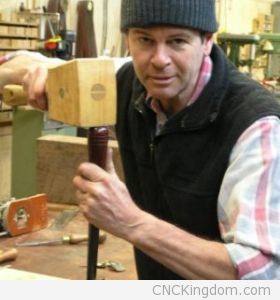 I first became interested in woodworking at the age of about 11 when I saw the workshop and tools belonging to the father of a school friend of mine : he had a Wolf electric drill , a lathe driven by a Black& Decker drill plus lots of hand tools such as Marples chisels and British made Stanley planes , Norton oil stones etc. And he made lots of shavings and used only ” brown or dark woods”.
I first became interested in woodworking at the age of about 11 when I saw the workshop and tools belonging to the father of a school friend of mine : he had a Wolf electric drill , a lathe driven by a Black& Decker drill plus lots of hand tools such as Marples chisels and British made Stanley planes , Norton oil stones etc. And he made lots of shavings and used only ” brown or dark woods”.
When I came to New Zealand in 2003 it soon became clear that there was no call for high end cabinet making so by chance I made my first hand plane after modifying a Veritas plane I had bought. The first plane had brass sides dovetailed to the sole and was bevel up at 15°.
I have to admit, I come from the CNC world (laser, plasma, router) and know next to nothing about hand planes, do you mind educating me a bit? What are some of the features that differentiate your cheap old Chinese hand plane from the ones you manufacture and build yourself? How do you know if your current plane is good or awesome and how much of a difference does a proper professional plane to general woodworking?
Some features differentiating bespoke planes from cheap mass made planes :- bespoke planes are usually fabricated from steel and brass with sole joined by dovetails or taper head screws, whilst mass made ones have the body cast in cast iron in one piece.
The adjuster system (when present) in a good plane will have virtually no back lash (lost motion ) and will be very precise and easy to use and make small adjustments with. Bespoke planes will have thick soles and much mass-mass is desirable, it makes planing easier.

Custom hand plane makers go to great lengths to ensure that the sole is flat and the mouth area is crisply defined i.e. The leading edge is sharp and not dubbed over as you often see on mass made planes which have been “flattened” by belt grinding .
Custom made planes often have exotic hard woods used for the knob and handle or infill parts and the fixing methods for these parts will be robust i.e. You won’t be constantly tightening the relevant screws and bolts…..Obviously more care will be taken in the fit and finish of these parts, which can made of any suitable hardwood that is appealing to the eye- such as African Blackwood, Desert Iron wood etc. I use some African woods which are not used by other custom plane makers : better to not run with the herd.

How do I know if my current planes are good or awesome ? Customers tell me so but more importantly I find that a significant percentage of my customers have more than one of my planes-remember, mine are unique, they don’t follow the traditional “in the box ” infill designs and possess several features not seen on any other bespoke planes (unless someone has copied my designs ).

A “proper professional” plane makes a big difference to woodworking quality because it will take less effort to achieve a good finish on any wood and the whole process is more pleasurable .I firmly believe that quality tools always produce better results no matter what the pundits say about “poor workmen blaming their tools etc”.

I find your hand planes incredibly beautiful – it’s like functional art pieces! The colors, meshing of the different metals and attention to details like beatifully turned knobs just really make them stand-out! I was wondering how long it takes you to actually put together, say, your S55A hand plane? How often does it need to be sharpened and how do you get such a flush finish on the sides. It looks like the parts all fit perfectly without even a mm to spare!
These days I don’t make one plane at a time so can’t accurately say how long it takes to make something like an S55A, but can say that I can produce three or four S20A’s in the space of a month. However, once I get my price I prefer to take my time on each order and not be over stressed by time factors- mistakes can ruin many hours of work so I have learned to measure twice or more and cut once.
Getting a flush finish on the sides etc requires accurate fitting and machining in the first instance but I always favour mechanical means over hand work such as filing , sanding etc -so I have a Surface Grinder machine which grinds surfaces flat and flush to a high degree of accuracy (like within one half thousandth of an inch). I also use milling machines . My dove tails differ from all the others out there but that is another subject, although I will say that I challenge any body to show me better ones -even cnc ones don’t measuer up because they seem to have that clinical characterless look.

I make blades for my planes myself from either O1 steel or D2 steel but the all important heat treatment is left to a professional company to do, using modern methods leaving nothing to chance or guess work- the plane is only as good as the blade. So I believe that these blades will hold an edge far longer than any mass made blade. Note that my big bevel up planes (S20 and J20) also accept the Veritas A2 steel and their latest powdered steel blades.
How often to sharpen? This always depends on wood type and the steel characteristics of the blade I.e.. Some steels are more wear resistant than others and woods that have high silica content affect the rate of wear. Assuming the operator has sharpened the blade properly in the first place I believe that any of my blades will outlast any blade found on mass produced Stanley type planes. An S20A for example will accept the Veritas A2 steel blade, the Veritas powdered metal blade plus either mine or their O1 steel blades -all of which are superior to any Stanley type blade or those “after market” ones . I also use D2 steel for the blades I make for my bevel down planes (S50A , S55A ) and this steel in my opinion is the best all rounder.
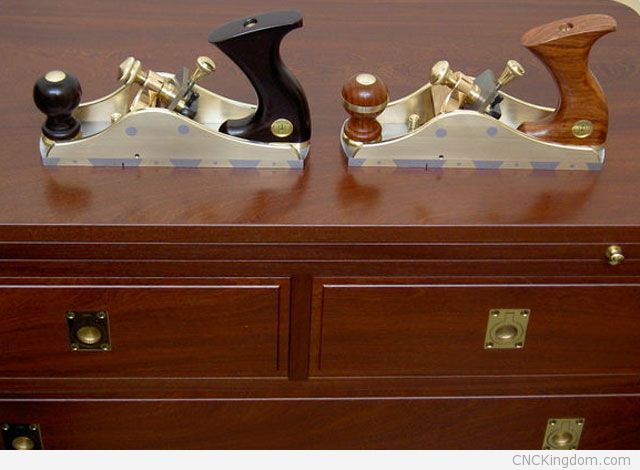
Your workshop looks just awesome! What tools are your favorite to use and how much of your hand planes do you actually manufacture inhouse vs having to source from component suppliers? I was wondering how much your hand planes cost (just a range is fine) and how much of a lead time you need to fulfill an order.?
My favourite tools when woodworking are hand planes and my Griggio surfacer. I have no Marcou planes myself except for some minis but if I had my own J20A or S20A these would be my favourite planes. My favourite metal work tools/machines are both the Emco lathe and the Browne and Sharpe surface grinder-couldn’t make planes without these.
I make all parts for my planes myself (unlike some other custom plane makers). The only outwork is the heat treatment for blades I make and the stainless name plates which have been made for me in Germany.
The prices for my planes range from US$3500 to 6000.
Lead time depends upon what parts I have on hand and weather or not I happen to have any completed planes sitting around. Right now lead time for an S20A or J20A would about two weeks.

Have you ever considered using your incredible woodworking and steel manufacturing skills to create other manual tools such as rasps (something I use quite a bit), chizels etc.? They look like simpler tools but I’m sure with your meticulous attention to detail, could be made equally as function and beatiful as your hand planes.
Other tools to make? Still wracking my brains on this one but being in NZ means that I am handicapped by economics so planes, being high value low volume are what suits. I have tried small things like hammers, gauges etc but they don’t suit. Rasps? No thanks, for above reasons plus Logier have it all sewn up, I would go insane hand stitching those teeth all day long and often wonder where thye find suitable human beings for the job-and how they last.

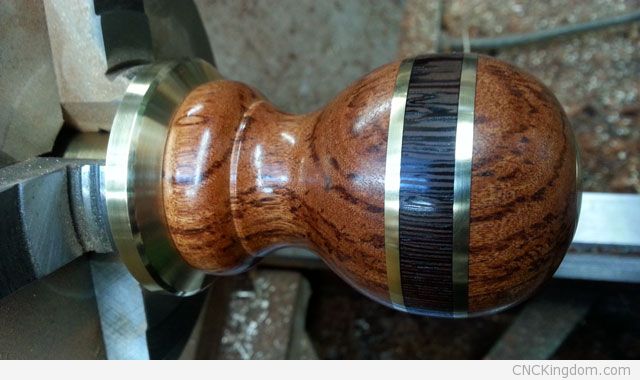
How long have you been manufacturing and selling your own hand planes and what advice do you wish you could give to yourself when you first started that would have saved you a lot of grief in this career?
I have been making planes since 2007. My advice to me would be that the best place to do this work is in the USA and that is where I would like to be because then I can easily attend shows, speak to customers and demonstrate the planes -can’t be done from here. Also, in the US, I would be able to find a market for the type of furniture I like to make, unlike here.
